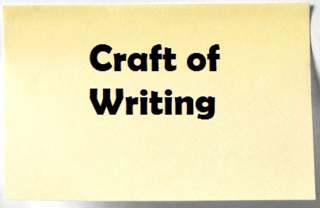Delete laugh track from your story
Another way  to tighten your writing is to leave out the laugh track. In comedy television shows, fake recorded laughter often is added to suggest that an audience is present – and to suggest to viewers at home that they also should find a joke humorous. In your story, a laugh track is present when you also give readers hints aabout how they should react. American writer Lewis Shiner coined the term.
to tighten your writing is to leave out the laugh track. In comedy television shows, fake recorded laughter often is added to suggest that an audience is present – and to suggest to viewers at home that they also should find a joke humorous. In your story, a laugh track is present when you also give readers hints aabout how they should react. American writer Lewis Shiner coined the term.
Possible examples of a laugh track in your story might include characters laughing at their own jokes or crying when they feel emotional pain.
If you’ve written your story well enough, the reader shouldn’t need to be told that the character is laughing or crying. The reader will feel the humor or inner turmoil themselves and can imagine the characters guffawing or weeping.
Indeed, by directly telling what characters feel, you run the risk of readers disengaging from the story. That’s because a laugh track is telling rather than showing and so is a form of countersinking.
An exception (and there’s always an exception!) is when characters have an emotional response that isn’t “ordinary,” such as laughing at an extremely inappropriate joke. This can help give readers a sense of what the character is really like – in this case uncouth and depending on the joke possibly racist, chauvinist or just plain strange.
Need an editor? Having your book, business document or academic paper proofread or edited before submitting it can prove invaluable. In an economic climate where you face heavy competition, your writing needs a second eye to give you the edge. I can provide that second eye.
Related articles
 Tighten writing by cutting begin fallacy
Tighten writing by cutting begin fallacy Avoid card tricks in the dark when writing
Avoid card tricks in the dark when writing Five style issues to watch for in your story
Five style issues to watch for in your story Coax readers to eat your story's veggies
Coax readers to eat your story's veggies Make final words of your story count
Make final words of your story count



